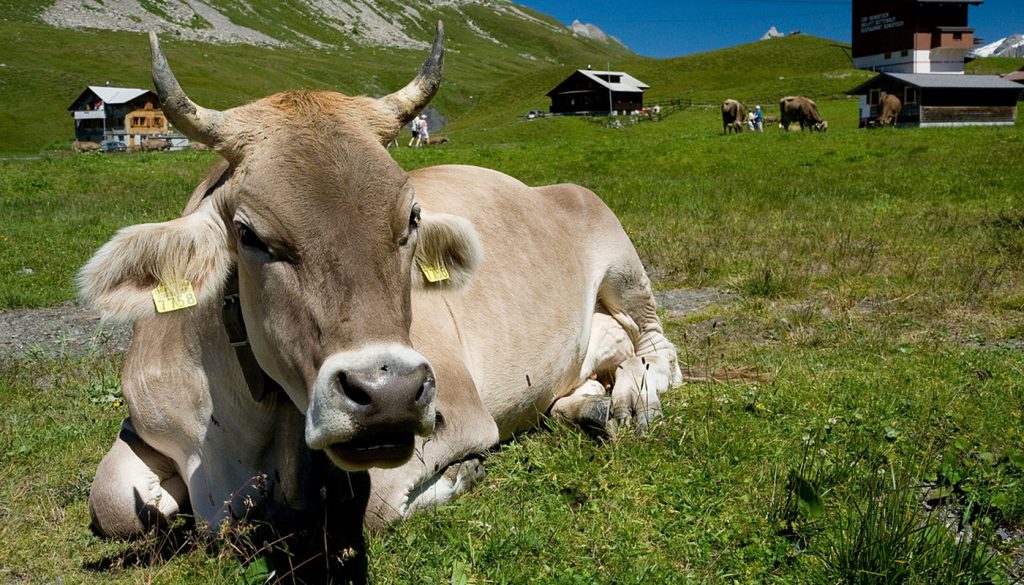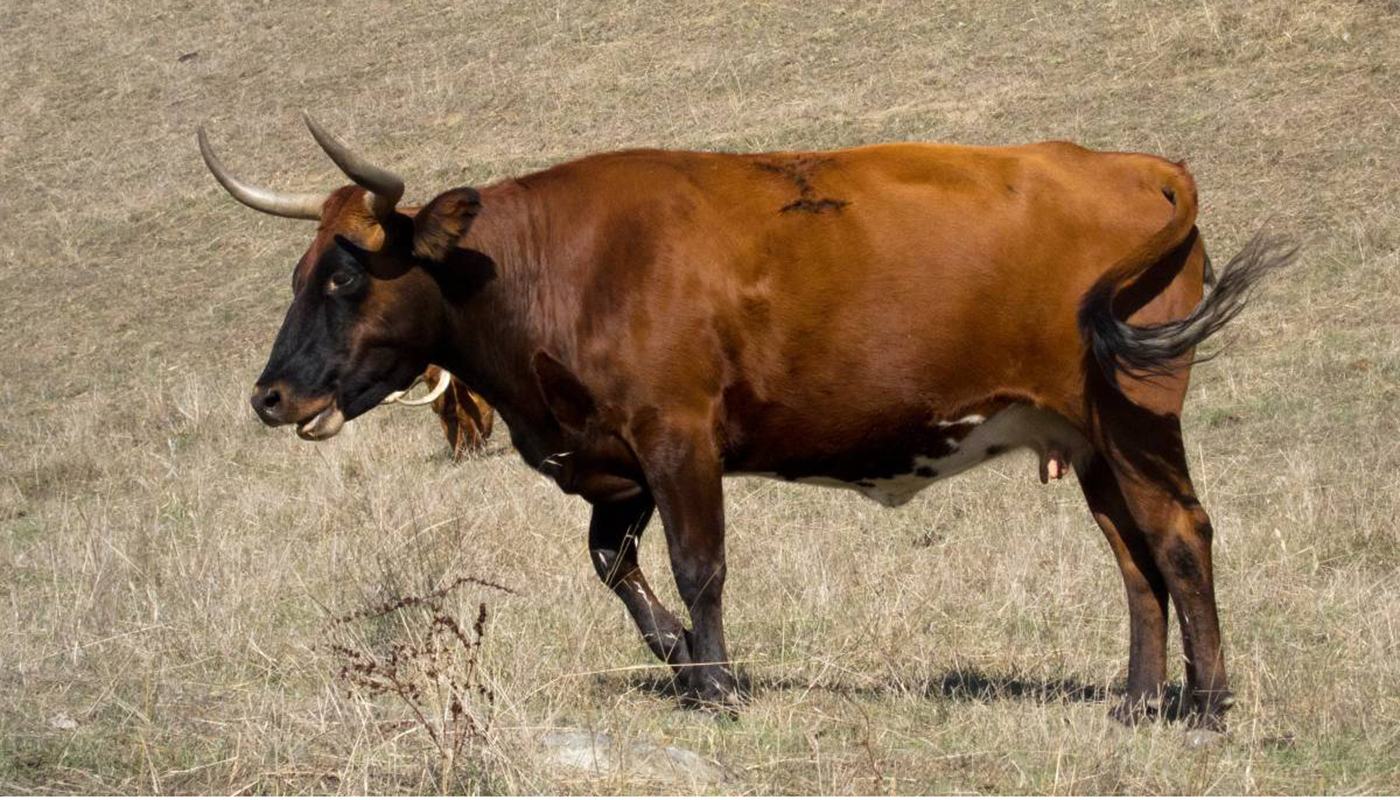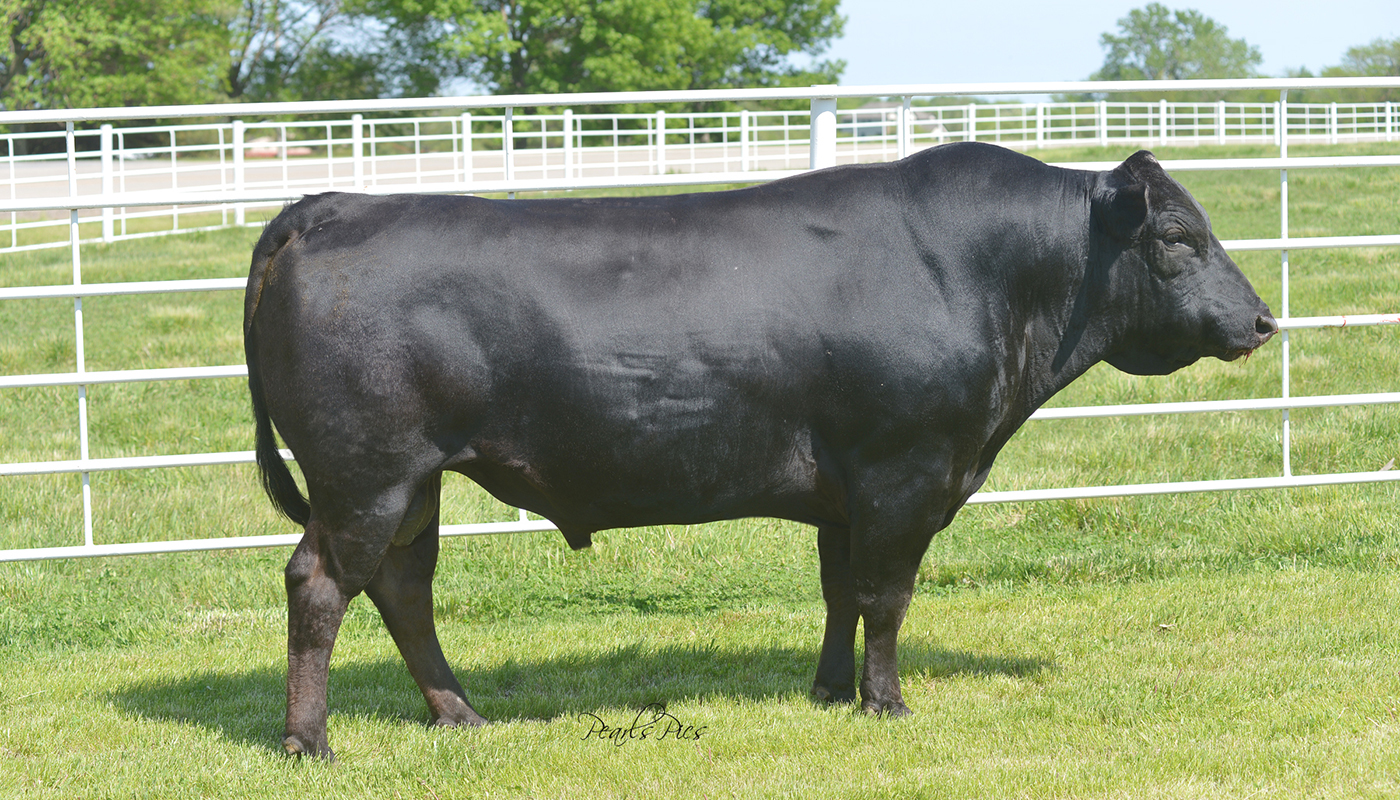
The Braunvieh cattle breed are well known for the very good milking qualities, docile easy to handle temperament and are the founding breed for the American Brown Swiss Cattle breed. They are a known to come in varying shades of brown to grey with a distinct light-colored ring around their noses. They are very strong hardy animals that were excellent for use as draft cattle for pulling of carts, wagons, and plows.
BRAUNVIEH BREED OF CATTLE QUICK PROFILE OVERVIEW
|
|
|---|---|
| Brunveih cattle are gentle and docile making them easy to handle. They are also good milkers and produce a really good milk yield. | |
| Country of Origin: | Switzerland |
| Other Names: | Bruan Italiana Vecchio Ceppo (Italy) or Brown Cattle |
| Main Purpose: | Milk, meat, and draft |
| You may Also Like: | 35 Best Cattle Breeds for Milk – Dairy Cattle |
| You may Also Like: | 47 Best Cattle Breeds for Meat – Beef Cattle |
| Can be used for | Breed, Meat, Milk, Skin, Draft |
| Ideal Climate: | Heat, Cold, Most Climates |
| Conservation Status: |
Not Listed by the *ALC Status/Rarity: Common |
| Health Issues? | No known health issues |
| Good Starter Cattle? | Novice to intermediate Cattle farmer/keeper level |
| Cattle Associations: | Braunvieh Org, Texas Braunvieh Association and Canadian Brown Swiss and Braunvieh Association |
| Cattle Clubs: | Please refer to the Braunvieh Org, Texas Braunvieh Association and Canadian Brown Swiss and Braunvieh Association for more information on the Braunvieh cattle breed |
| Where to buy them? | Please refer to the Braunvieh Org, Texas Braunvieh Association and Canadian Brown Swiss and Braunvieh Association for more information on the Braunvieh cattle breed |
| Child Friendly? | Livestock should not be left unattended around unsupervised children |
| General Information: | The Braunvieh cattle breed are very well known throughout the cattle industry for their docile temperament that makes them easy to work with, excellent milk production and good quality meat. The Braunvieh were initially used as draft oxen as they are very strong and effectively pull carts, wagons, plows, etc. No matter the color variation of the Braunvieh cattle breed they can usually be distinguished from another breed by their light color ring around their nose. |
| Note: *ALC stands for American Livestock Conservancy | |
PHYSICAL CHARACTERISTICS |
||||||||||||||||||||||||||||||||
|---|---|---|---|---|---|---|---|---|---|---|---|---|---|---|---|---|---|---|---|---|---|---|---|---|---|---|---|---|---|---|---|---|
| They are a large breed of cattle with small to medium sized horns that stand up and curl a bit outwards. They have along shaped face with a white or light-colored ring around their noses. They have long well defined bodies with long powerful legs. | ||||||||||||||||||||||||||||||||
| Size: | Large | |||||||||||||||||||||||||||||||
|
||||||||||||||||||||||||||||||||
COW BREEDING & MILKING INFORMATION |
|
|---|---|
| Most Cattle produce milk but not all of them are used in the dairy Cattle capacity for their milk. Cows only calve once a year and should have 12 to 14-month inter-calving cycle. They are excellent mothers with little to no birthing problems and a good birthing percentage. Their calves are born strong and ready to suckle. They are a really good mother that will care for and protect their young with vigor. | |
| Breeding Period/cycle: | Usually lasts 6 to 24 hours Most ave. 12 to 16 hours Cows usually come on heat every 21 days. |
| Estrous cycle: | Ave. 17 days to 24 days Heifer – usually ave. 20 days Cows – usually ave. 21 days |
| Gestation Period: | Usually, around 279 to 287 days but most gestation is 283 days. Cows that are carrying bull calf’s their gestation period is usually a little longer than cows that are carrying heifer calves. |
| No. Calves/Litter: | 1 calf at a time. Cows rarely have twins or triplets, but it can happen |
| Lactation Period: | Cows lactation period can last for up to about 10 months (305) days. |
| Milking From: | 1 to 6 weeks after Calving |
| Drying off Period: | The cow should have a 12 to 14-month inter-calving cycle. Drying off period for around 60 days before she can calve again. |
| Milk Quality: | Good, Quantity: Between 1200 to 12000 ltr per Lactation period |
| Milk Ideal for: | Calves, drinking, and most dairy products |
| You may Also Like: | 35 Best Cattle Breeds for Milk – Dairy Cattle |
CATTLE MEAT PRODUCTION INFORMATION |
||||||||
|---|---|---|---|---|---|---|---|---|
| Today they are mainly used for milk production, but they can also be used for their fine tasting, succulent and tender meat of good quality. They do have a good carcass size and a decent marbling/ | ||||||||
| Meat Production? | Can be used for meat production, Quality: Good | |||||||
|
||||||||
| You may Also Like: | 47 Best Cattle Breeds for Meat – Beef Cattle | |||||||
CATTLE SKIN PRODUCTION INFORMATION |
||||||||
|---|---|---|---|---|---|---|---|---|
| Most meat Cattle will have a skin by-product, and these are usually used in some form or just as a hide. Braunvieh are not used for their skin/leather production but as an old breed, their skins must have been used at some time. | ||||||||
| Skin Production? | N/A | |||||||
| Skin is used to Produce: | Calf/cow skin leather products such as shoes, car seats, fine leather coats, gloves, handbags, belts, furniture, rugs, etc. | |||||||
|
||||||||
HISTORY
The Braunvieh breed of cattle is a breed that originates from brown-grey cattle that were found in the Swiss canton of Schwyz in Central Switzerland from as far back as medieval times. Documentation from the Monastery of Einsiedeln from the 14th century shows that such breeds were exported to Vorarlberg that is now part of Austria.
The first breed book for the Braunvieh cattle breed dates back to 1775 and was kept by the monastery until 1782. In 1795 the Schwyzer cattle were described as being “the largest and finest breed of the country”.
There are records of the Braunvieh cattle being shown in Paris at the Exposition Universelle in 1855 and in London at the International Exhibition in 1862.
The Scwyzer cattle along with two other Alpine brown cattle breeds were recognized in 1875 before being combined into one herd book in 1879 and named Schweizerische Braunvieh.
The Braunvieh was introduced into America in 1869 and again in 1880 from Switzerland totaling approximately 130 head of cattle that arrived in the States.
Video
USEFUL LINKS
- Purebred Dairy Cattle Association
- American Dairy Association
- National Association of Animal Breeders
- American Dairy Science Association
- United States Cattlemen’s Association
- National Cattlemen’s Beef Association
- American National Cattlewomen
- Beef Cattle Breed Associations
- National Cattlemen’s Beef Association
- Fur Commission USA
- North American Meat Institute
- American Livestock Conservancy
- Animal Shelter (ASPCA)
- American Veterinary Medical Association
- American Animal Welfare Society
- American Animal Control
- American Society of Animal Science
- United States Department of Agriculture
 Afrikaner Cattle Breed – Everything You Need to Know
Afrikaner Cattle Breed – Everything You Need to Know Black Hereford Cattle Breed – Everything You Need to Know
Black Hereford Cattle Breed – Everything You Need to Know Corriente Cattle Breed – Everything You Need to Know
Corriente Cattle Breed – Everything You Need to Know Wagyu Cattle Breed – Everything You Need to Know
Wagyu Cattle Breed – Everything You Need to Know Hungarian Grey Cattle Breed – Everything You Need to Know
Hungarian Grey Cattle Breed – Everything You Need to Know Alambadi Cattle Breed – Everything You Need to Know
Alambadi Cattle Breed – Everything You Need to Know Kankrej Cattle Breed – Everything You Need to Know
Kankrej Cattle Breed – Everything You Need to Know Florida Cracker Cattle Breed – Everything You Need to Know
Florida Cracker Cattle Breed – Everything You Need to Know Vechur Cattle Breed – Everything You Need to Know
Vechur Cattle Breed – Everything You Need to Know Aubrac Cattle Breed – Everything You Need to Know
Aubrac Cattle Breed – Everything You Need to Know Normande Cattle Breed – Everything You Need to Know
Normande Cattle Breed – Everything You Need to Know Brahman Cattle Breed – Everything You Need to Know
Brahman Cattle Breed – Everything You Need to Know